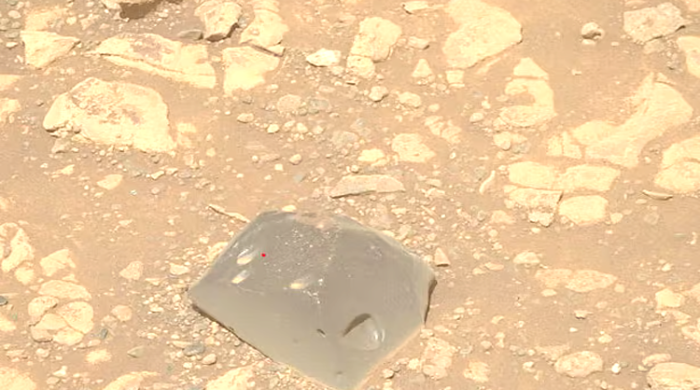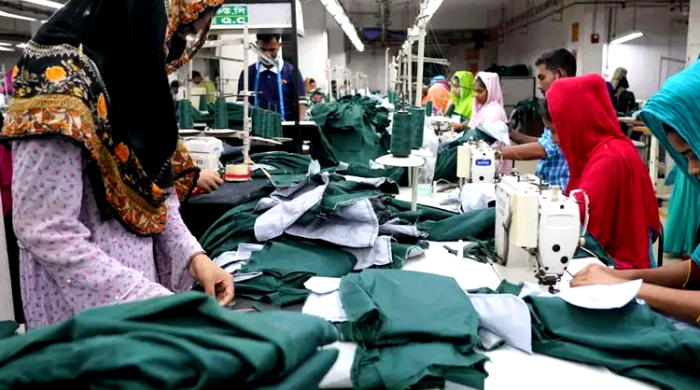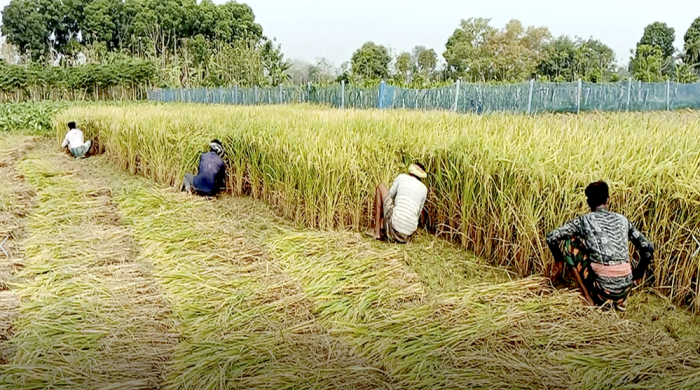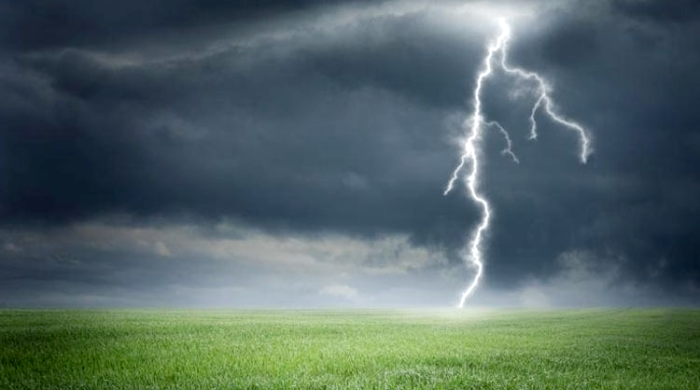The lifespan of each animal is different
- Update Time : Saturday, April 26, 2025
- 1 Time View
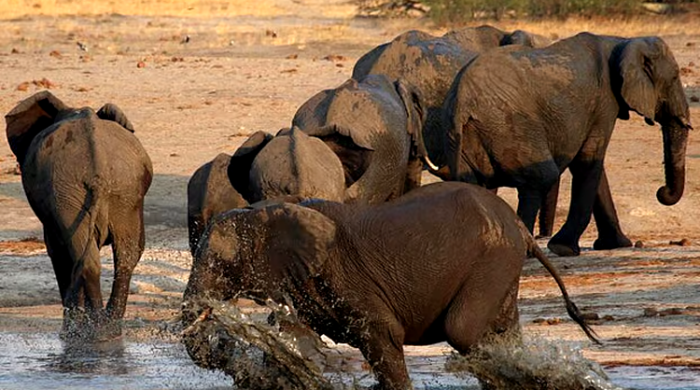
Some animals live in the world very shortly, while some animals live long. And so, in addition to the small insects that survived for a few hours or days, the animals that survived for hundreds of years are seen on earth. The lifetime of different animals depends on genetic properties, environmental effects, eating, size, metabolic rates and food chain.
Short -term life cycle is usually seen in small animals. The full lifetime of a type of aquatic insect called mefly is from just a few hours to a few days.
Usually larger animals are longer than smaller animals. The physical growth and reproduction process of large animals is slow. A small bird survives for several years, but the huge whale survives for more than a hundred years. Elephants in terrestrial animals can live for 3 to 5 years and turtles for more than 3 years.
The high metabolic rate animals use energy quickly as their cells are eroded. Animals of slow metabolic rates slowly use energy, so their cell erosion is relatively reduced. Small mammals, such as the metabolism rate of chicks, is very low because their lifetime is relatively low. Hummingbird survives for 3 to 5 years.
The hunting relationship also affects the life of the animal. Animals that are high in the number of hunters are less likely to survive. They try to sustain themselves through rapid breeding. Again, animals that have no natural enemies, they gradually grow and have a long life. Due to lack of predators, many animals living in the island or isolated region can be seen lifeline than the same species of terrain.







